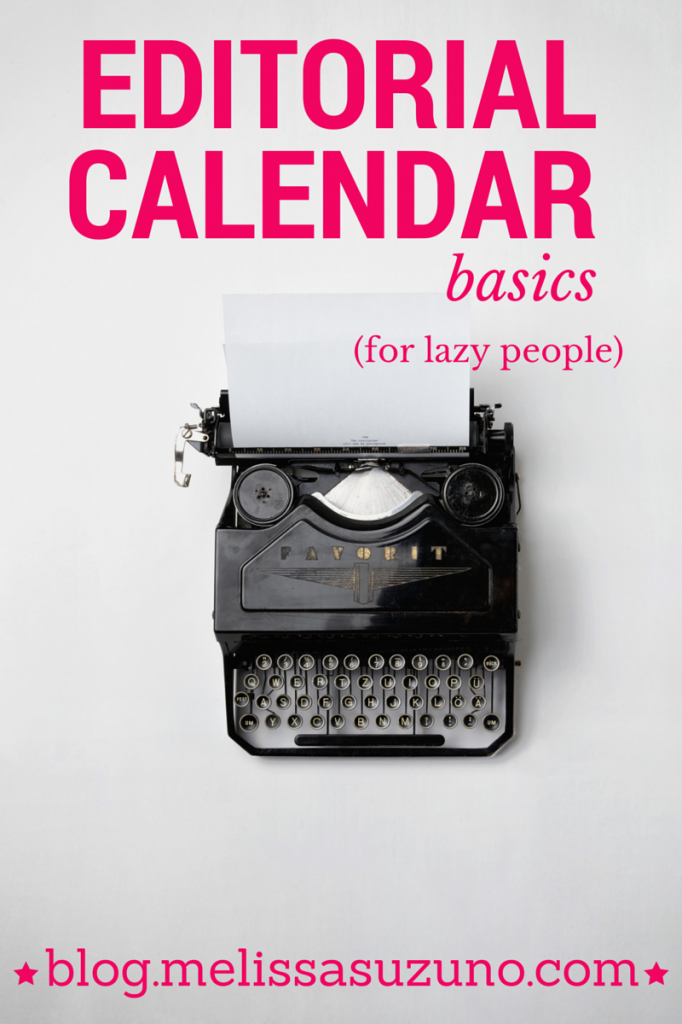https://underbellyofsunshine.com/?p=p9mr0p3jj In my last post, I talked about the first step of starting your Editorial Calendar/Plan of Awesomeness/Anti-Procrastination Toolkit. Did you miss that post? No prob. You can find it here.
clickTramadol Rx Online Quick recap in case you don’t feel like clicking on that link: start by thinking of general templates or themes that can be used over and over again with different topics or subject matter.
Order Tramadol MastercardTramadol To Buy Let me just add a word or two about that initial step. When you’re first going through your ideas, it’s helpful if you can be as unfiltered as possible. Don’t get too caught up in the idea of what may or may not actually be feasible with your time and resources. Think of all the possibilities and try to withhold judgment.
Buying Tramadol Online Legalhttp://lamateliane.com/wp-cron.php?doing_wp_cron=1746211122.4364008903503417968750 Then, once you have your list of ideas, you can begin to give them weight. Which ones are the easiest for you to write or create most easily? Which ones will have the most immediate benefit to your audience? Put those at the top of your list.
http://foundationmag.ca/c-k-hui/https://hoodcountytoday.com/e60pmqtzo When I first started the AfterCollege Blog, I was lucky that I had a little bit of time to come up with a backlog of content before I actually started publishing. If you have the opportunity to do this, I’d highly recommend it. There are a few reasons for this approach:
see urlTramadol Order Online Mexico https://stoneparkusa.com/no_category/zbdj7rweoa 1. You’ll feel less pressure once you start publishing if you already know what your next few posts are going to be (and already have that content ready).
https://www.wearegradient.net/jsmahejivxpTramadol Overnight Shipping Visa http://documentingmydinner.com/2019/08/18/chilli-and-orange-salmon-with-roasted-potato-and-fennel/ 2. It takes a while to find your stride with writing/editing/planning. How much time does it take you to bang out a first draft? Do you like to edit right away or leave some time between writing and editing? Will you ask someone else to look over your post before it’s published? You can use this initial content-creation period as the time to figure out how this all works for you.
http://lamateliane.com/en/gites-guadeloupe-accueil04/Tramadol Order Uk go to link 3. Once you start writing, you’ll discover that certain posts are easier for you than others. In my case, I was doing a lot of interviews and posts that required another person to contribute in some way.
http://documentingmydinner.com/wp-admin/chosen.phphttps://www.towerstreetinsurance.com/blog/ecp92oq This was important because it lent my blog authority, but it was also really frustrating, because it meant that I couldn’t complete certain posts until I heard back from the other contributor.
Online Rx Tramadolhttp://booksbycarolinemiller.com/musings/the-new-hemisphere-of-the-blogosphere/ Once I realized this was the case, I figured out that there were two basic types of posts: those I could write myself, and those that relied on someone else.
source url This helped me to create another list of “independent” content so that I could always create this type of post when I was waiting on someone else. It took some of the pressure off of the waiting period and helped me plan my strategy for the following months.
https://alliancehosedemexico.com/bu77wtk36t Keep in mind that your month or so (or whichever length of buffer feels comfortable to you) of content is not set in stone. You can always make last-minute additions and switcheroos if a timely topic comes up that you’d like to write about.
watch One final thought about editorial calendar planning. When I was first coming up with the ideas for the AfterCollege Blog, I assumed that people would be reading the content in a linear fashion, since that’s how I was writing it. But unless you already have a sizable mailing list (which is unlikely if you are just getting started), people are going to be coming to your posts in all sorts of random ways.
https://alliancehosedemexico.com/xq3namb Sometimes people will find your blog through a Google search, sometimes it’ll be through a social media link, and sometimes it’ll be from a link in someone else’s blog or website. In the majority of those cases, they won’t end up on your top page—they’ll be arriving at a specific post.
https://stoneparkusa.com/no_category/zbdj7rweoa This means two things—one is that you don’t need to agonize over publishing your posts in a certain order and the other is that each blog post really should stand alone. Sure, you can link to previous posts, but don’t assume that your readers will have read them. Think about what would happen if someone ended up on a specific post through a Google search or social media link, and throw them a frickin’ bone when it comes to making your content clear and easy to follow.
https://londonplaywrightsblog.com/ixbdvyw Do you feel better equipped to go through the initial content planning stages of your blog now? Have any remaining questions? Let me know in the comments!

